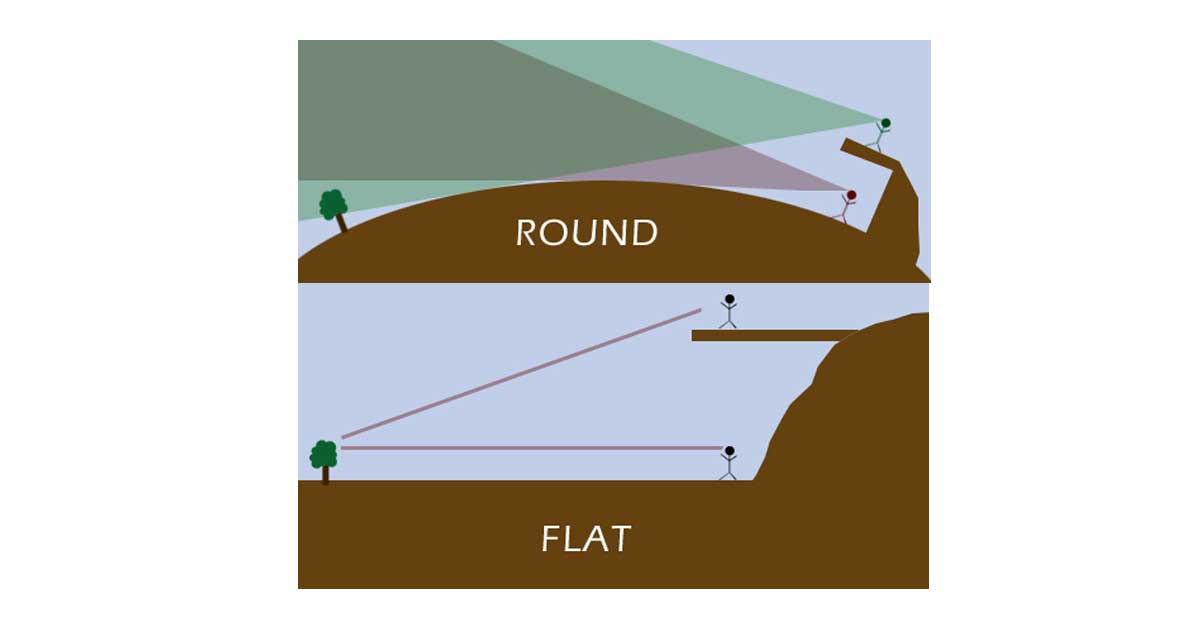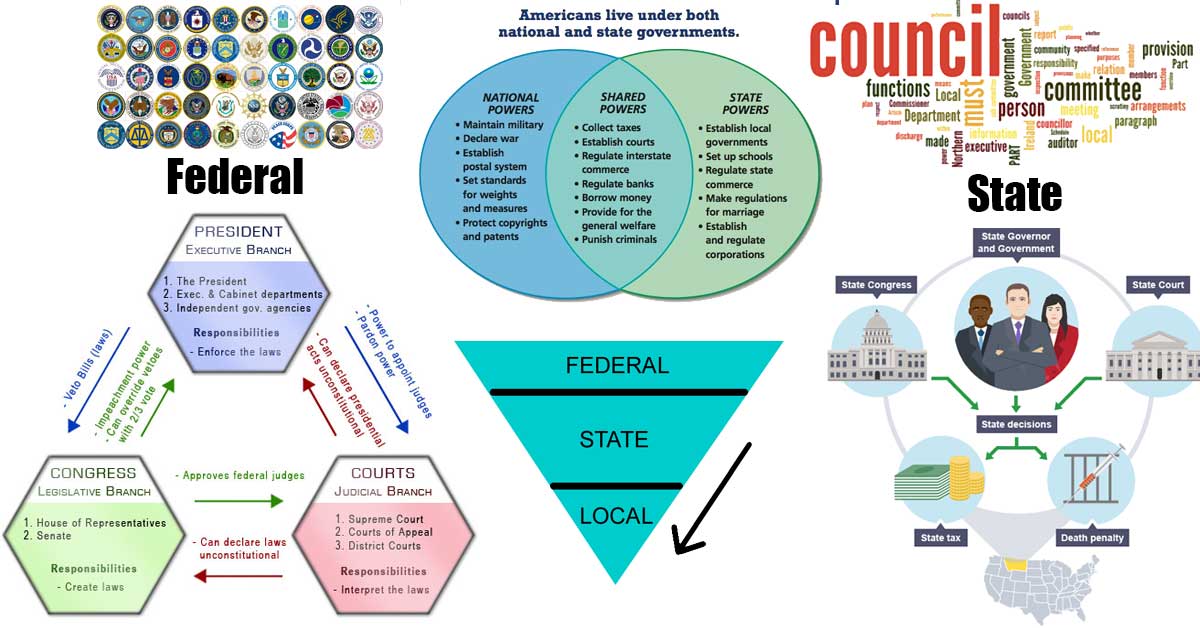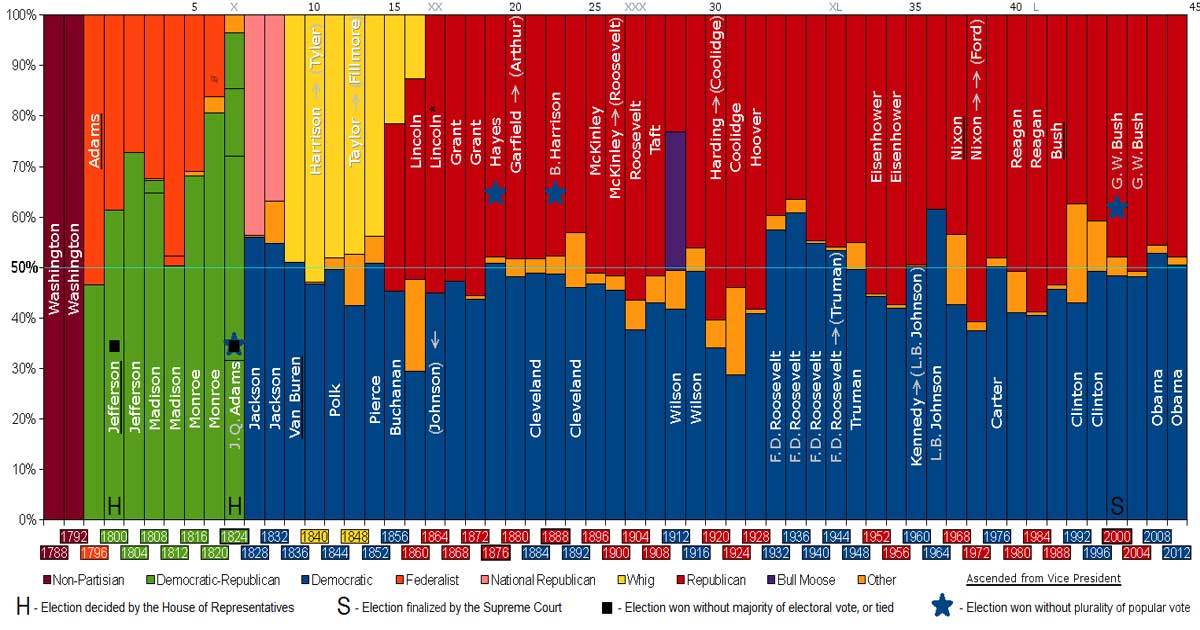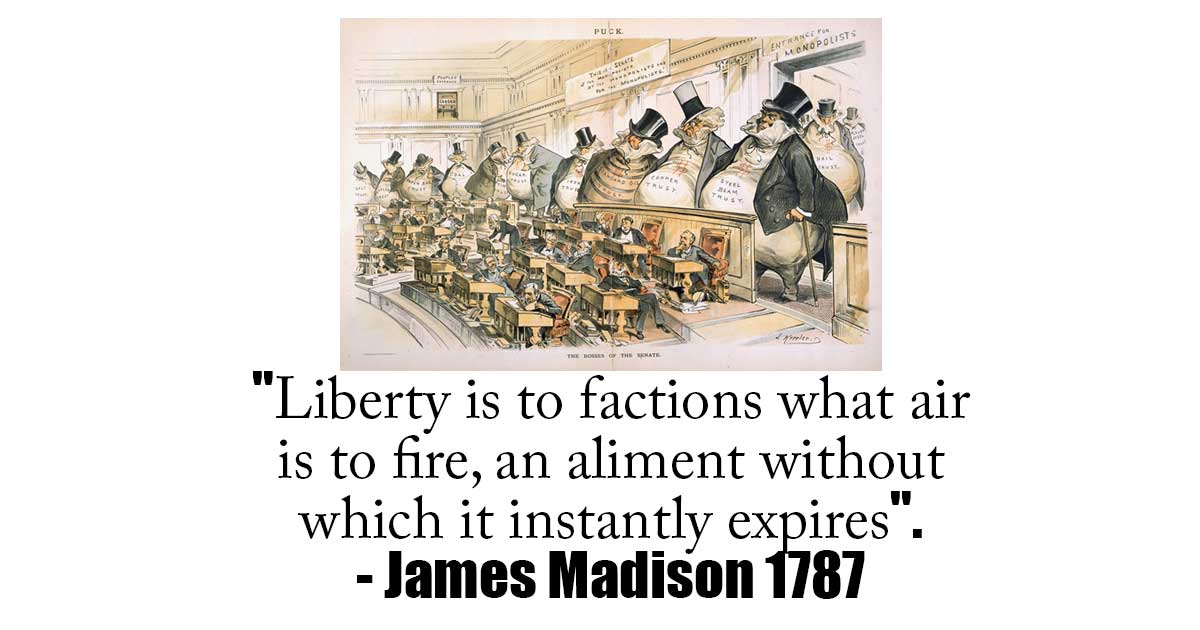What is Reason?

Reason is the application of “pure logic”, empirical evidence, experiment, and skepticism to find truths, facts, and theories (AKA “critical thinking”).
James Madison drafted the Constitution, sponsored the Bill of Rights, co-wrote the Federalist Papers, and was the fourth U.S. President.
Madison was one of the more centered figures in early American politics. Standing only 5′ 4” – 5′ 6” Madison wasn’t the tallest President (that is Lincoln) or founding father (think that was Washington), but he did contribute more to America in terms of the principles and structure underlying the Republic than any person in American history. Unlike most of his peers, Madison supported both Federalist and Anti-Federalist principles, however, when push came to shove, he ran as a Democratic-Republican (an offshoot of the anti-Federalists).

Reason is the application of “pure logic”, empirical evidence, experiment, and skepticism to find truths, facts, and theories (AKA “critical thinking”).

Separation of Powers describes the way in which government is divided into different branches (ex. in the U.S., the legislative, executive, and judicial). Checks and balances describe the powers each branch has to “check” the other branches and ensure a balance of power.

We explain the political terms conservative, moderate, liberal, progressive, and radical and how they are used in different contexts.

The Federalists and Anti-Federalists were the first political factions of the U.S.. They arose out of a debate over the ratification of the 1787 Constitution and went on to form the basis of our current two-party system.

On this page, we look at political parties from a historical perspective to better understand the underlying left-right politics all political parties are based on.

America’s founding fathers intended the U.S. to be a Republic (elected officials vote on laws), rather than a Direct Democracy (everyone votes on laws).

Special interests describe interests that are not purely public interests. Factions (special interest groups) are groups formed around shared interests (special interests).